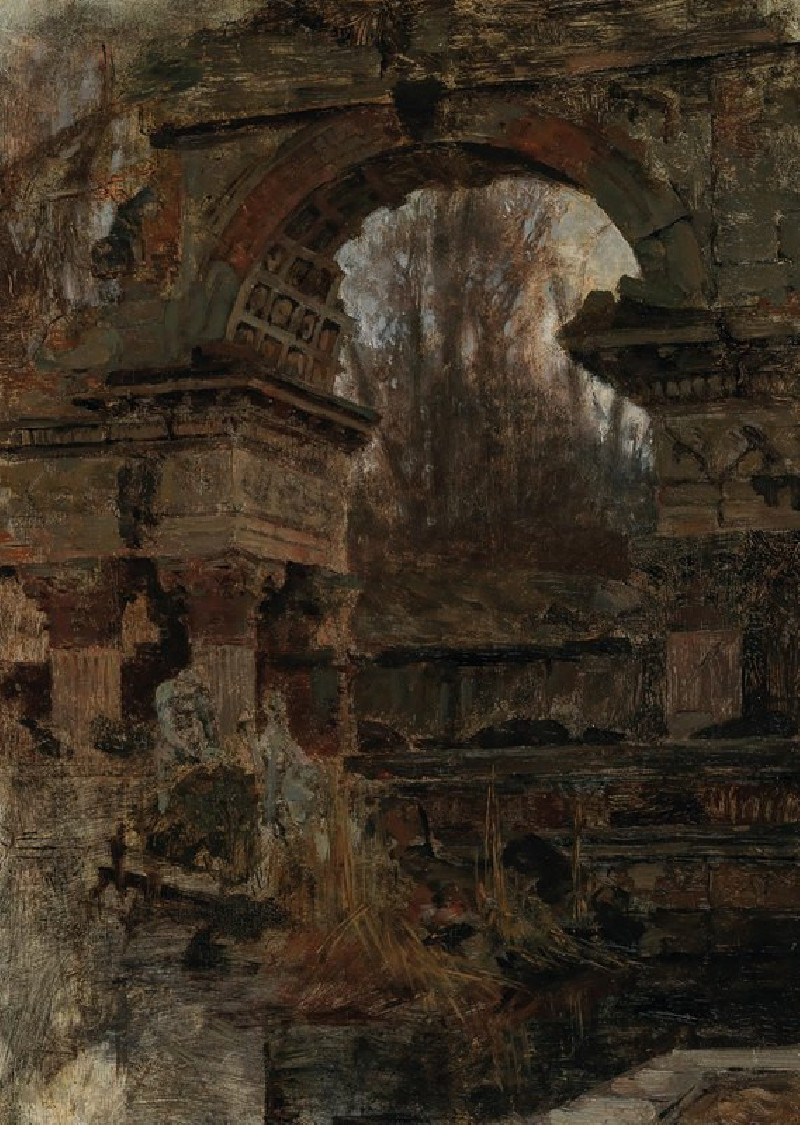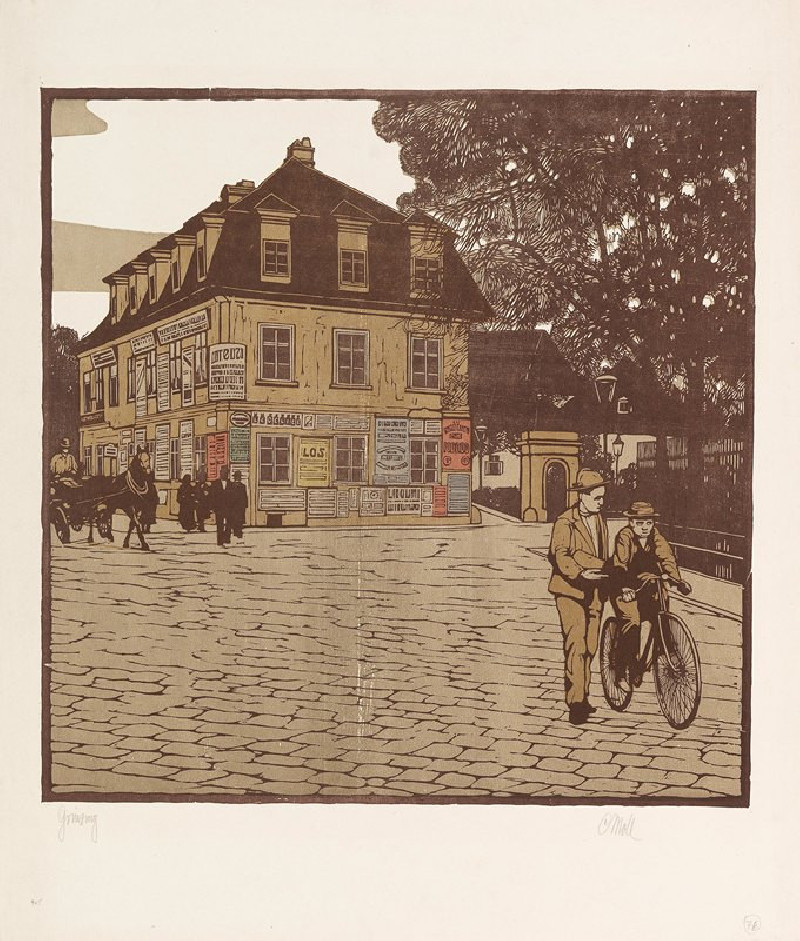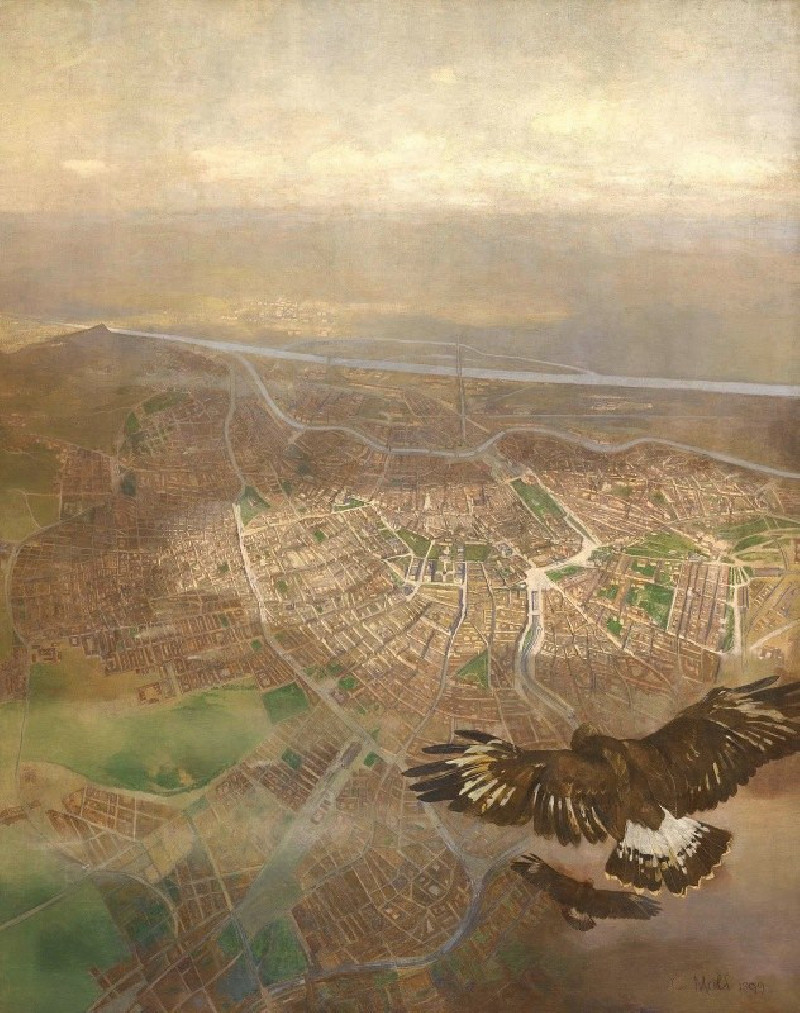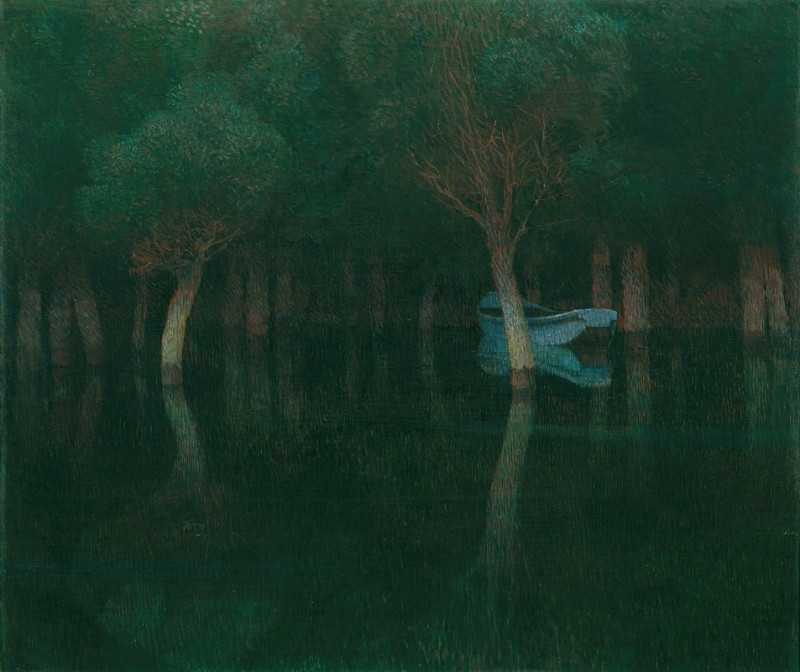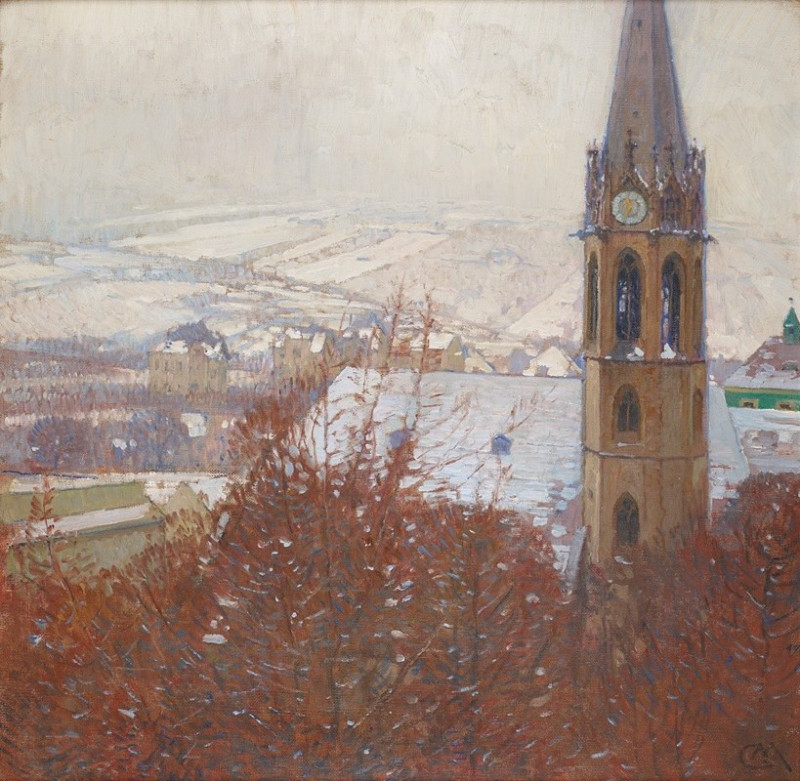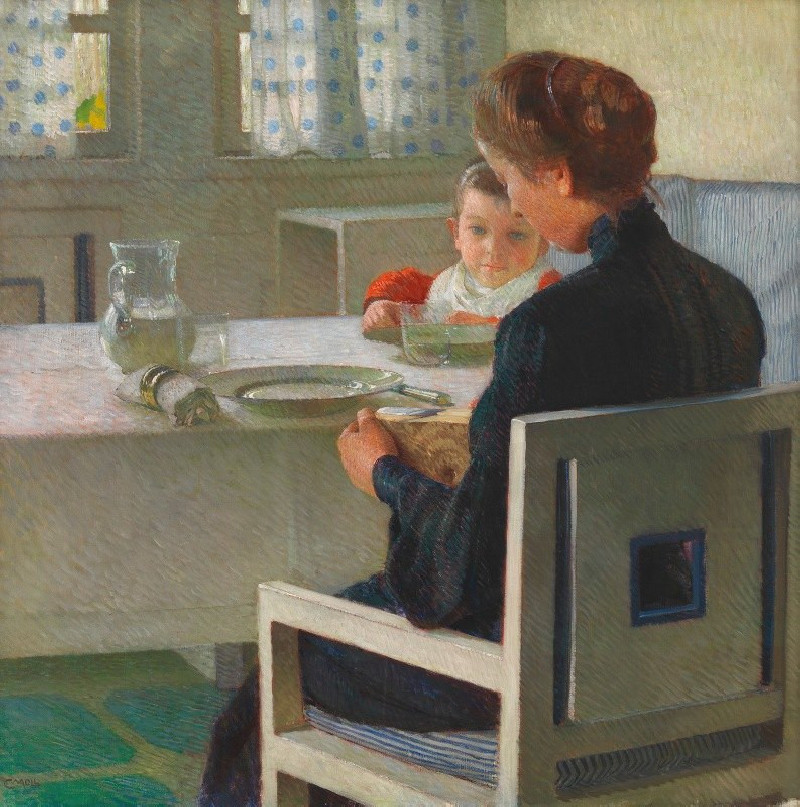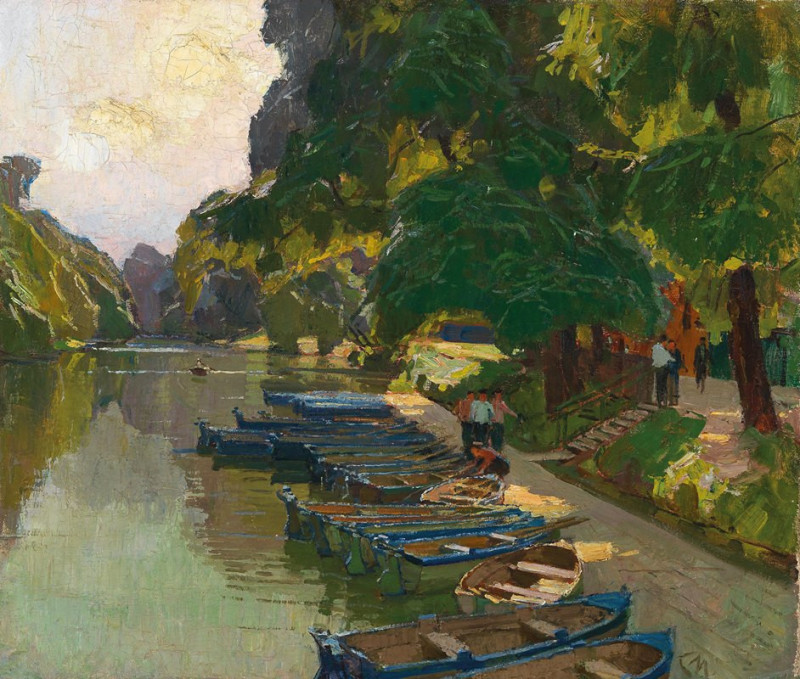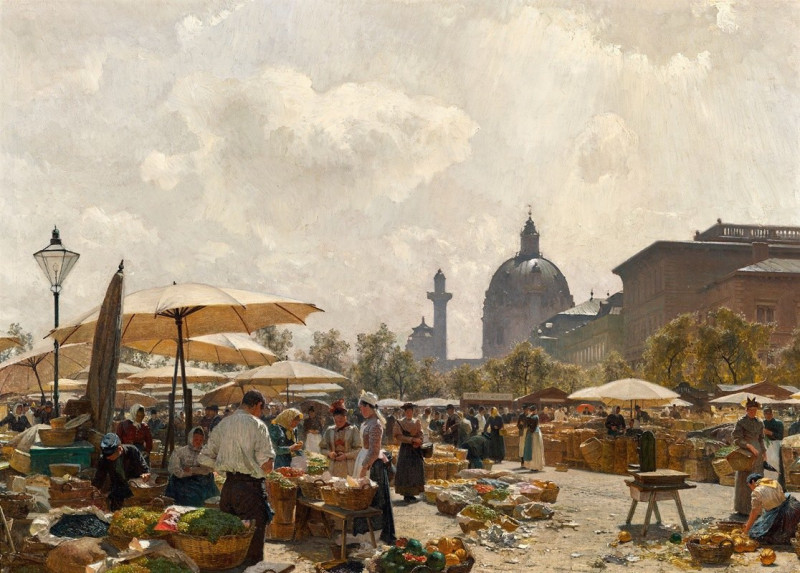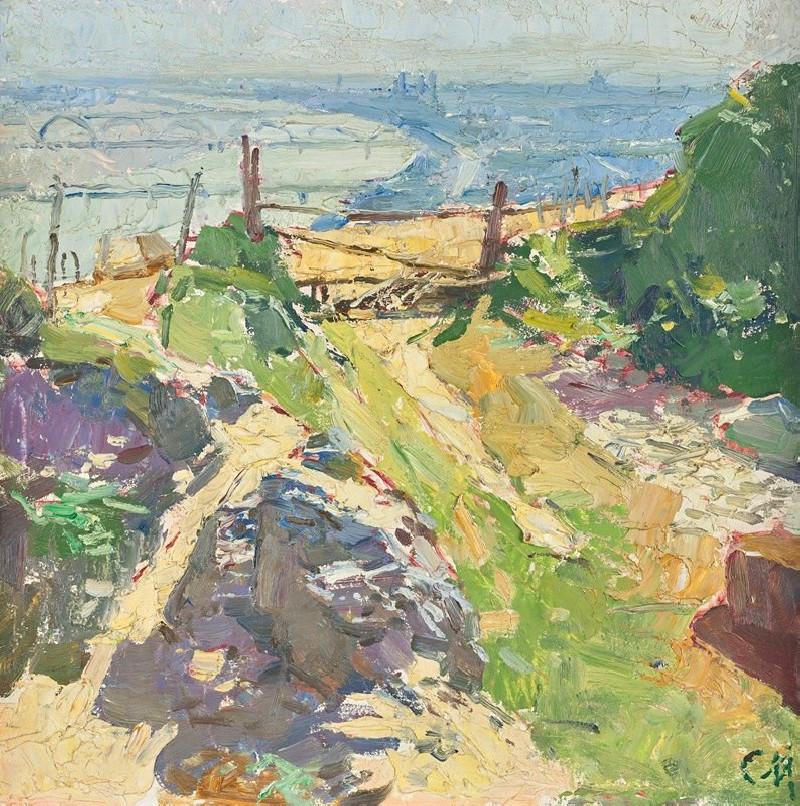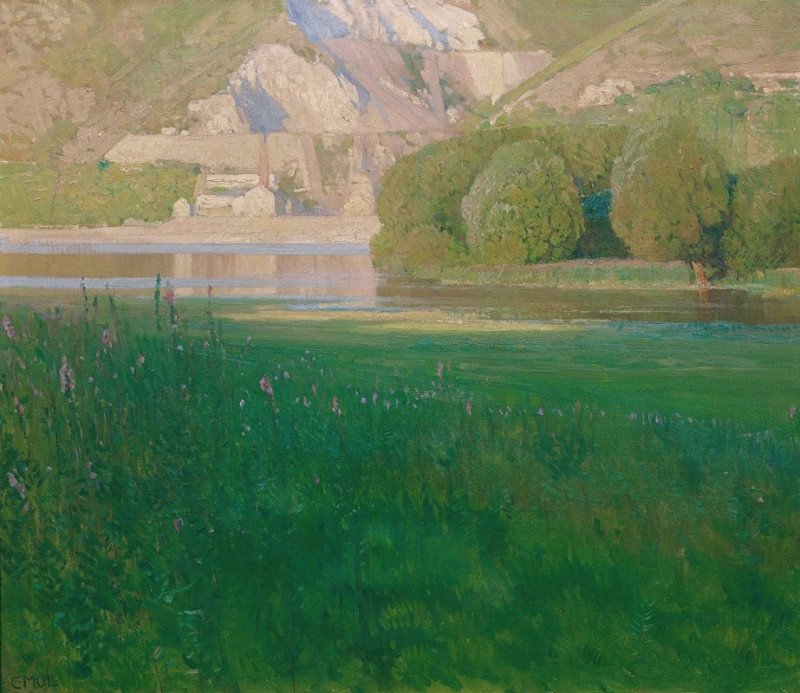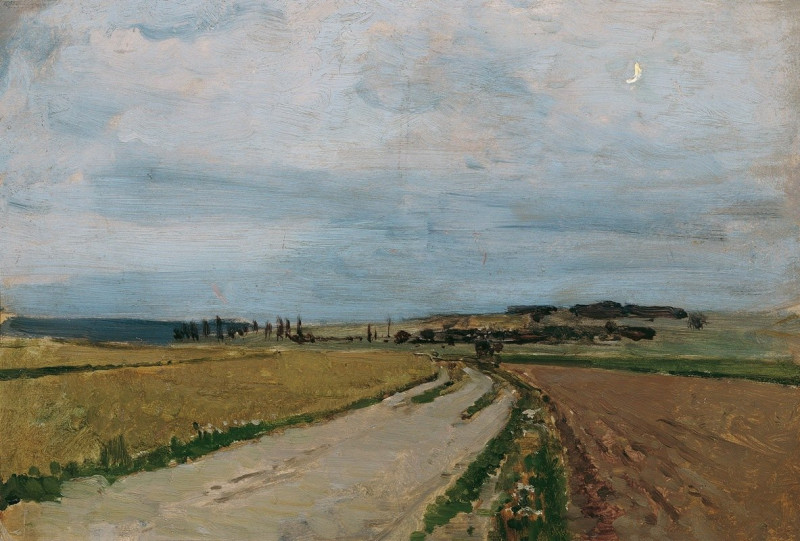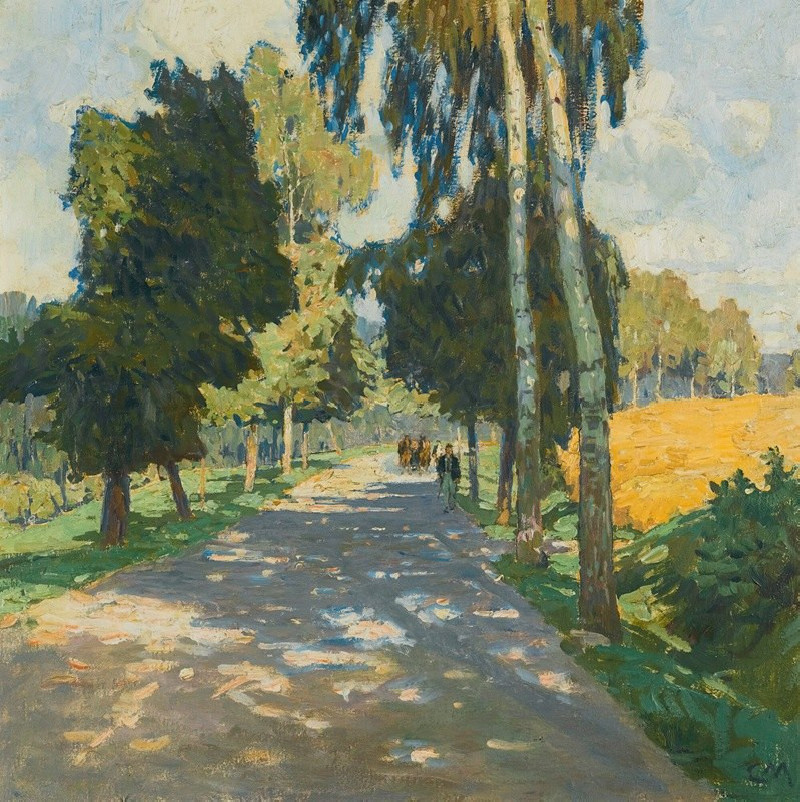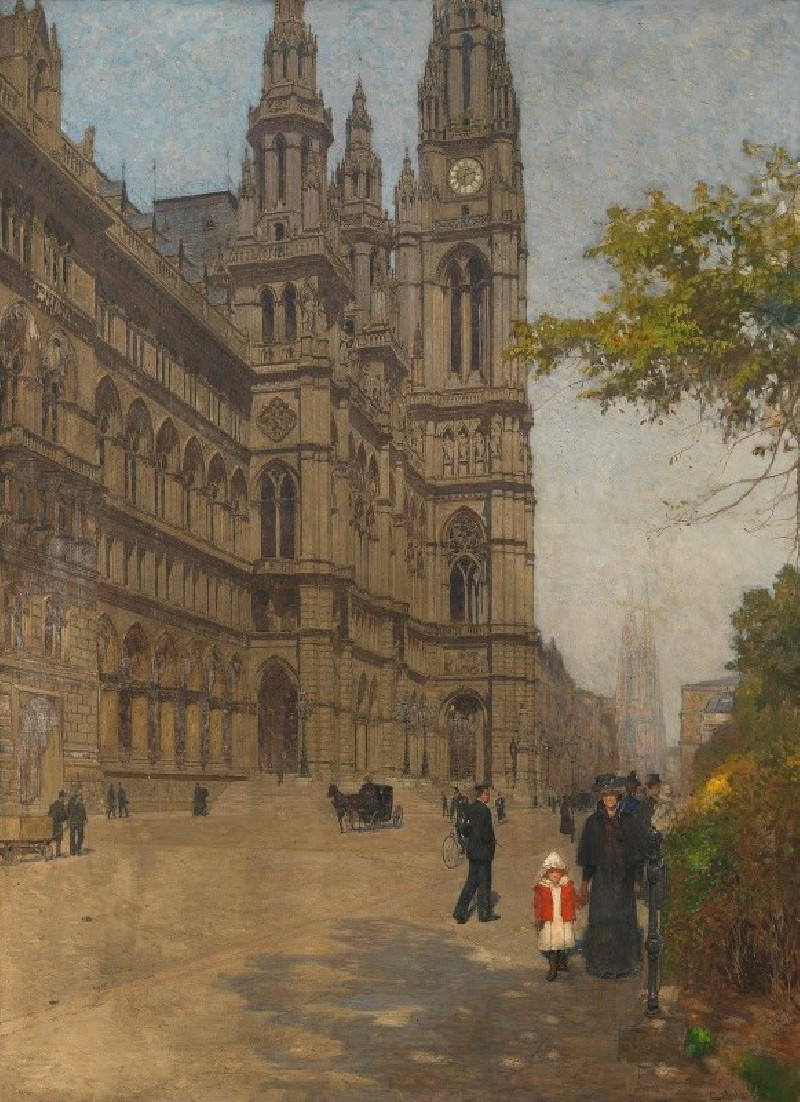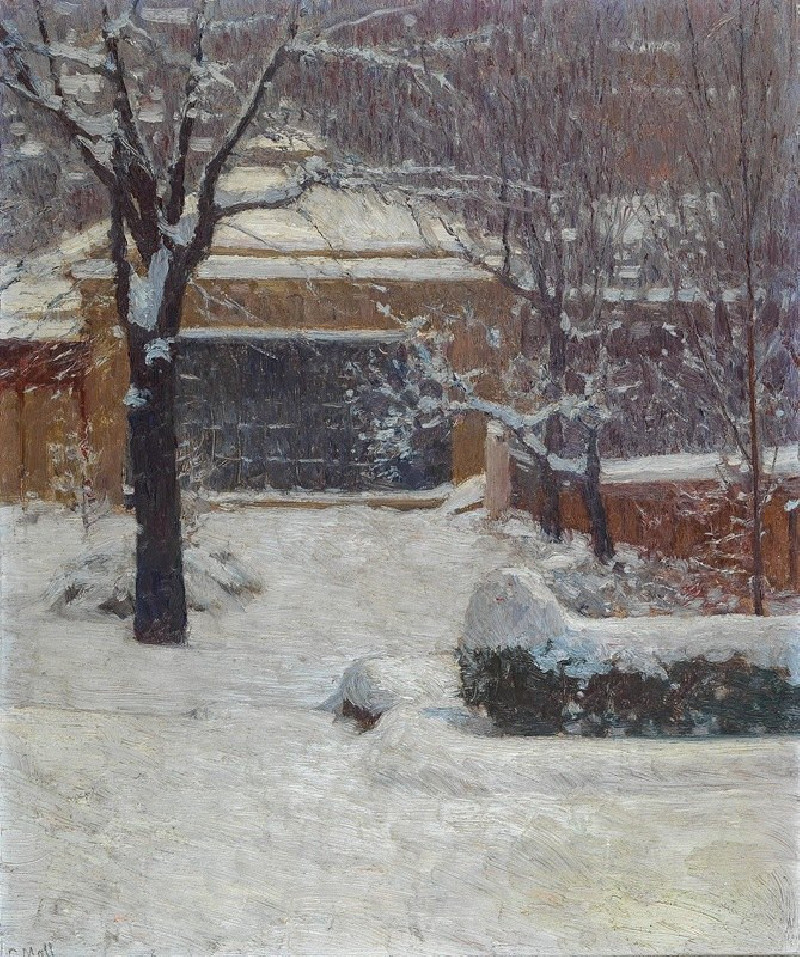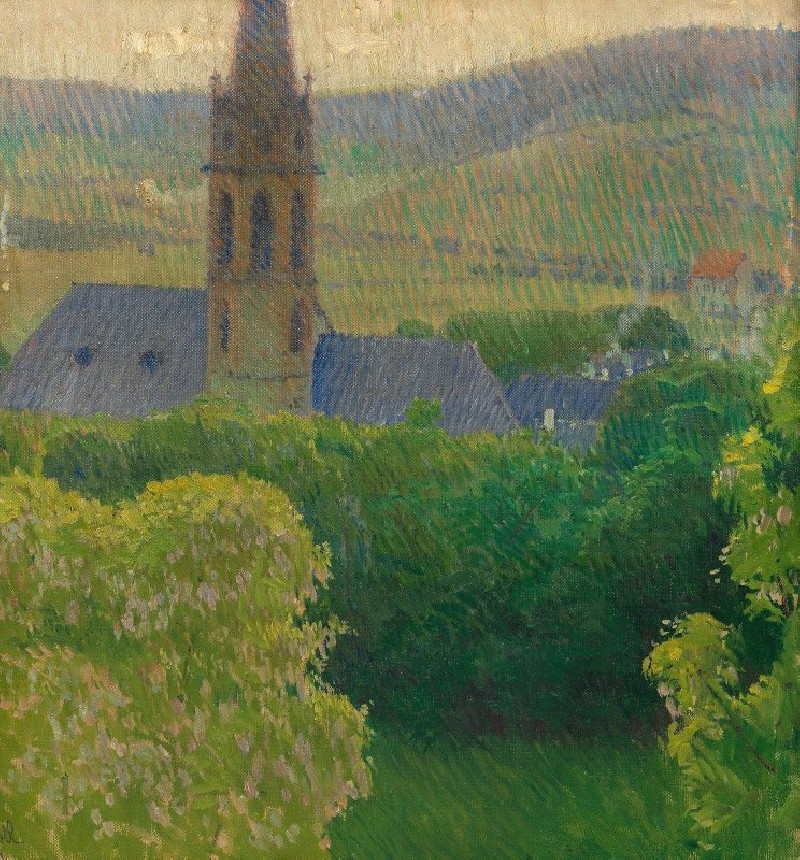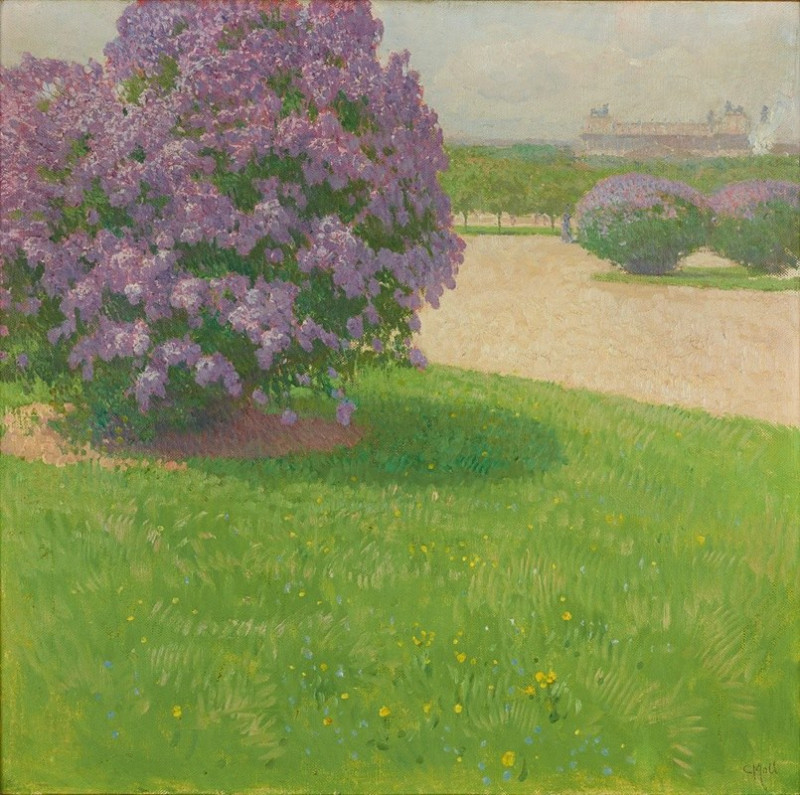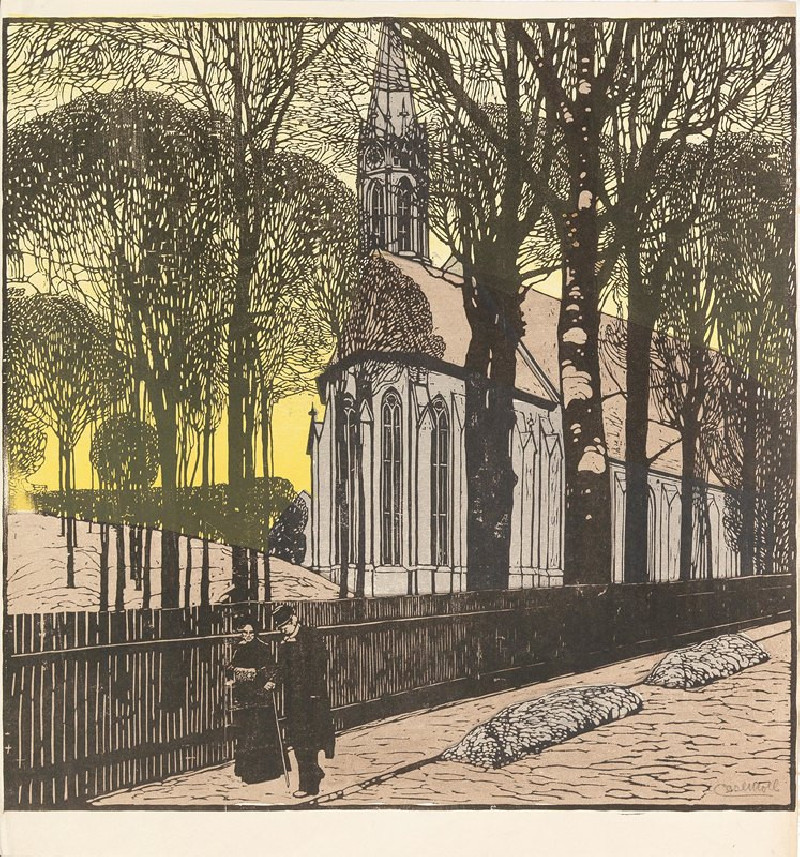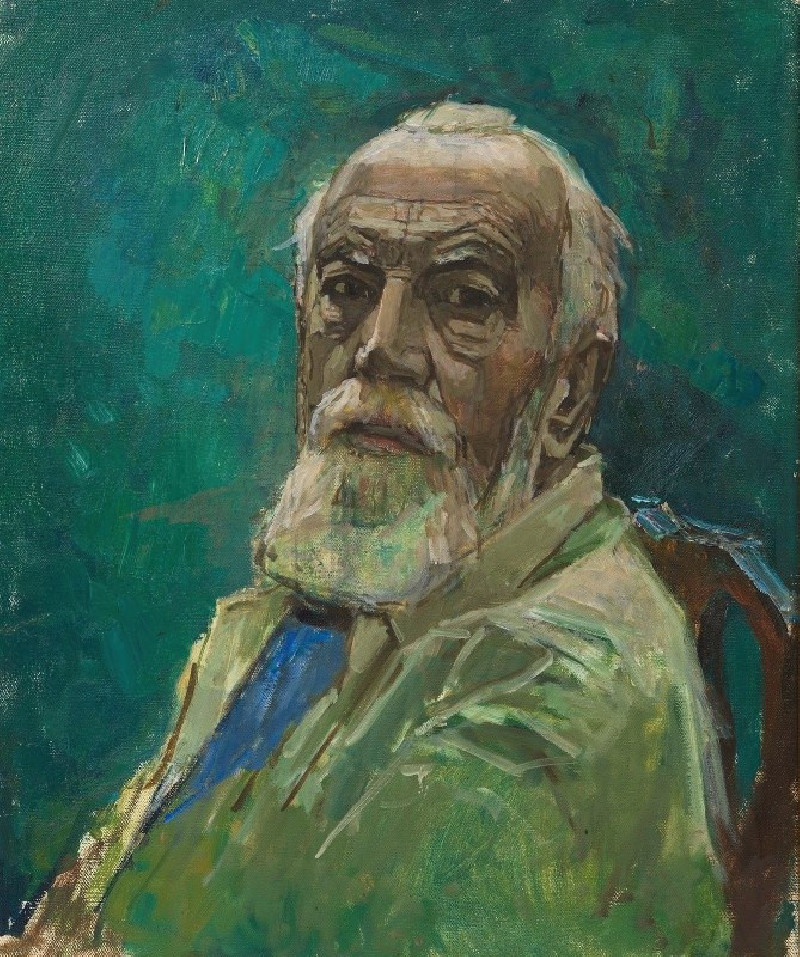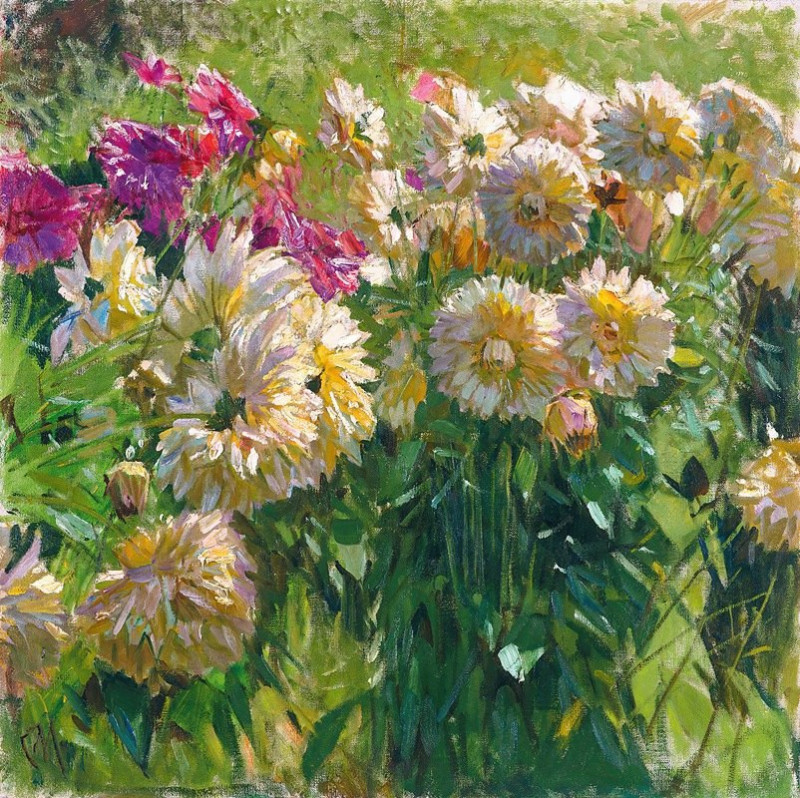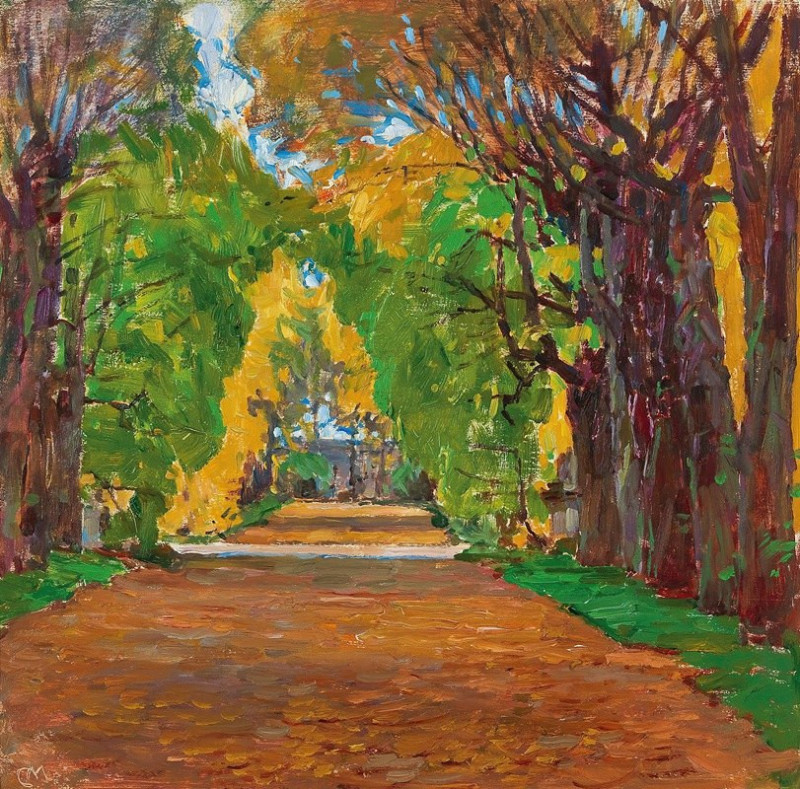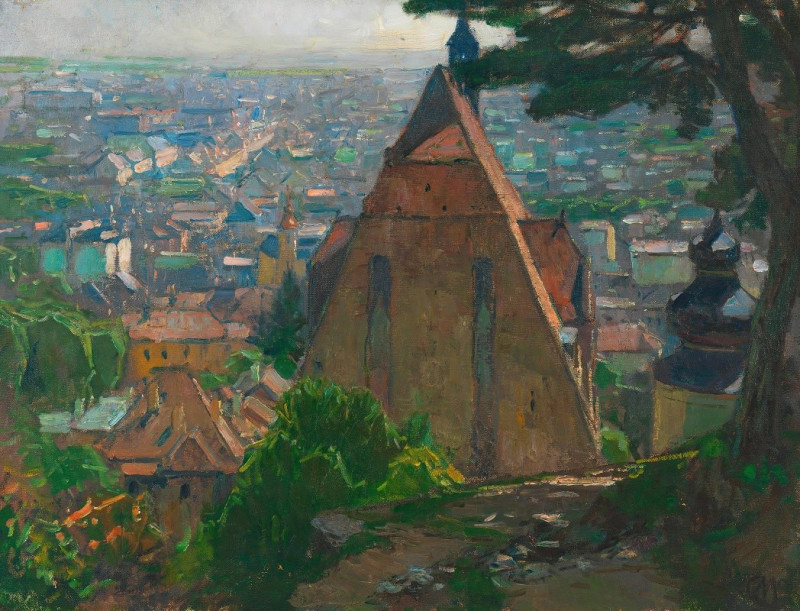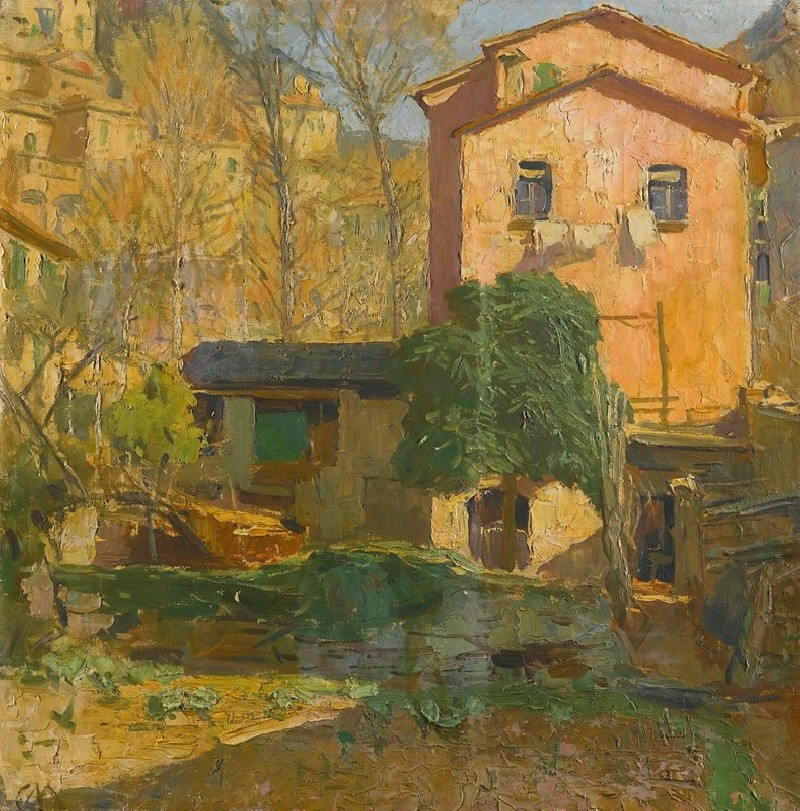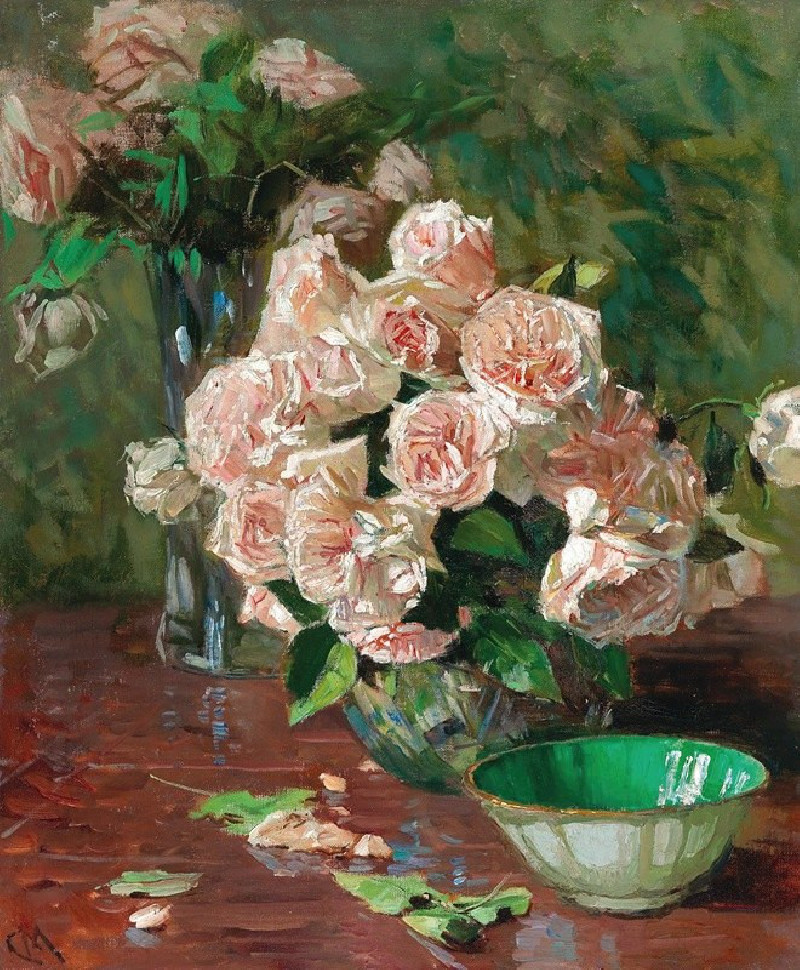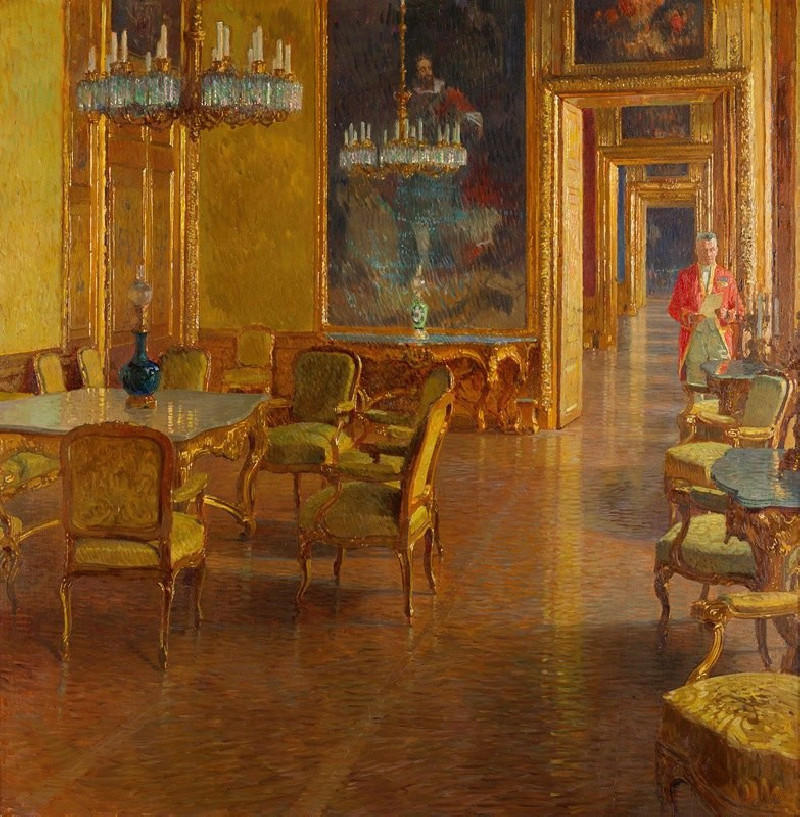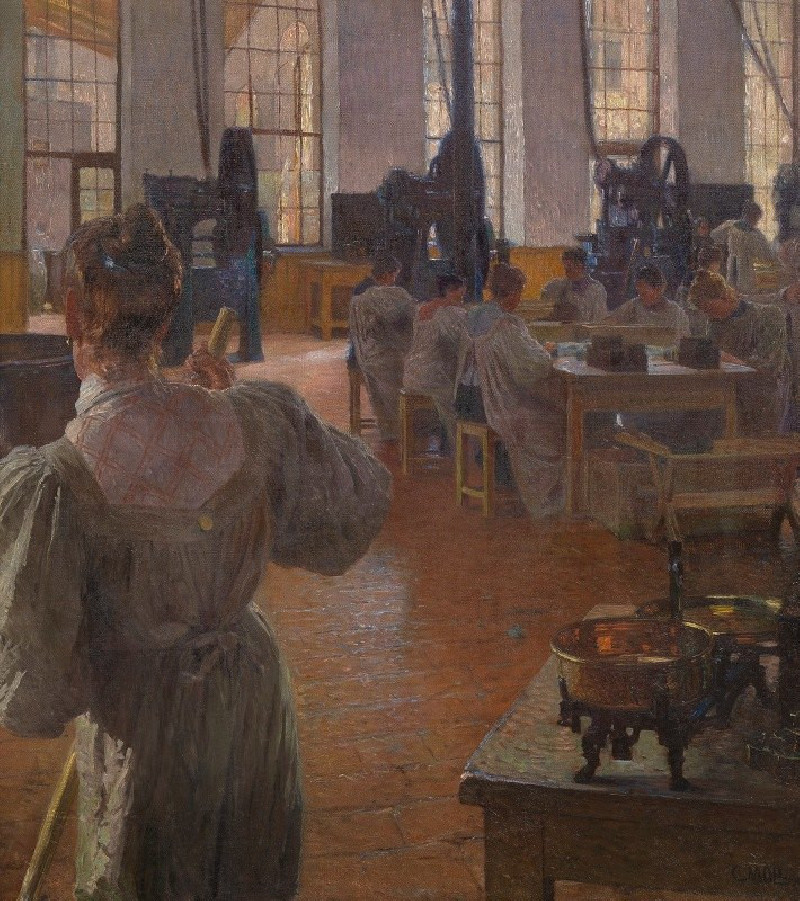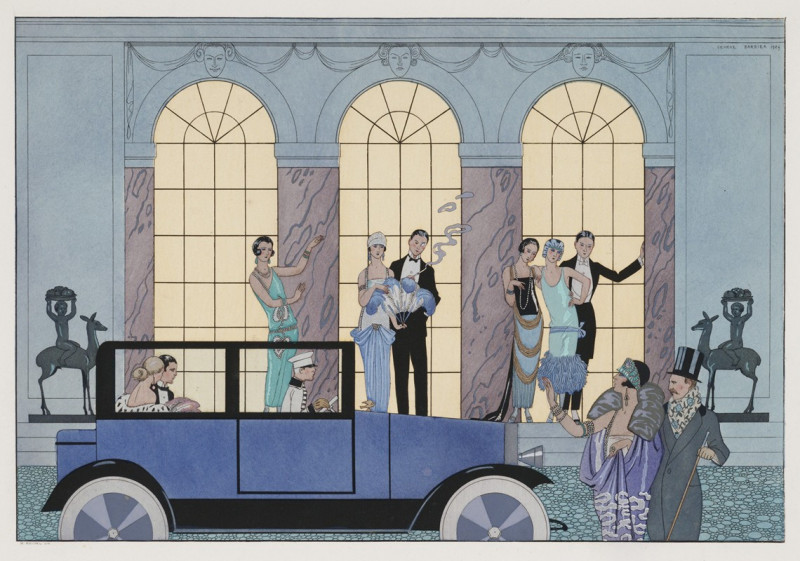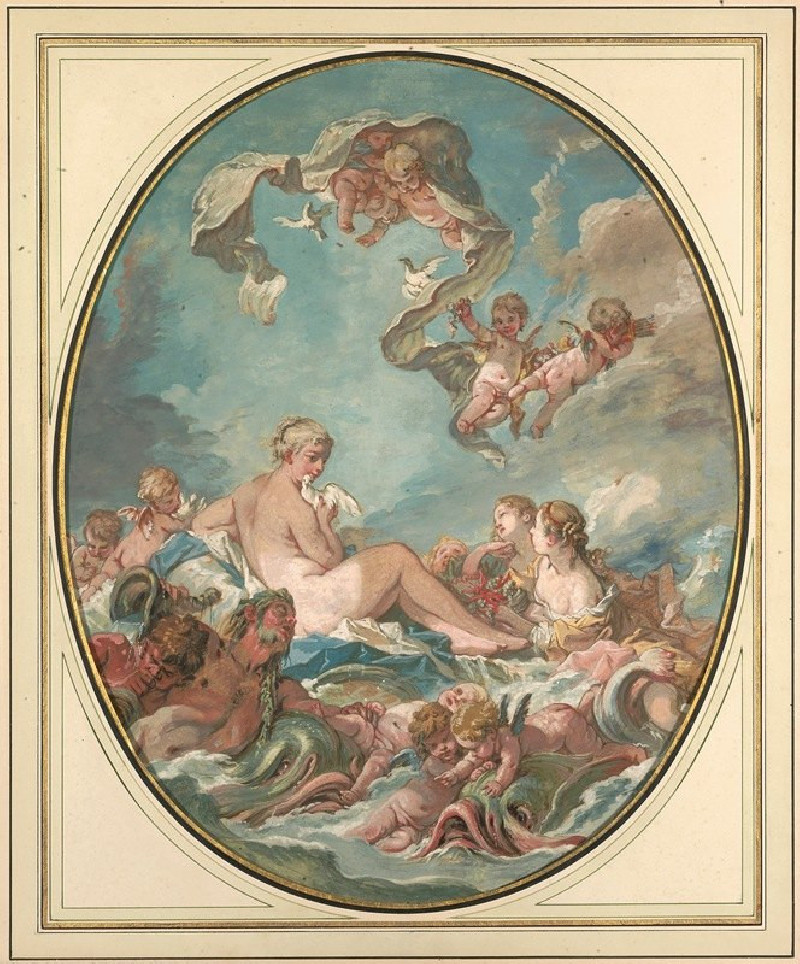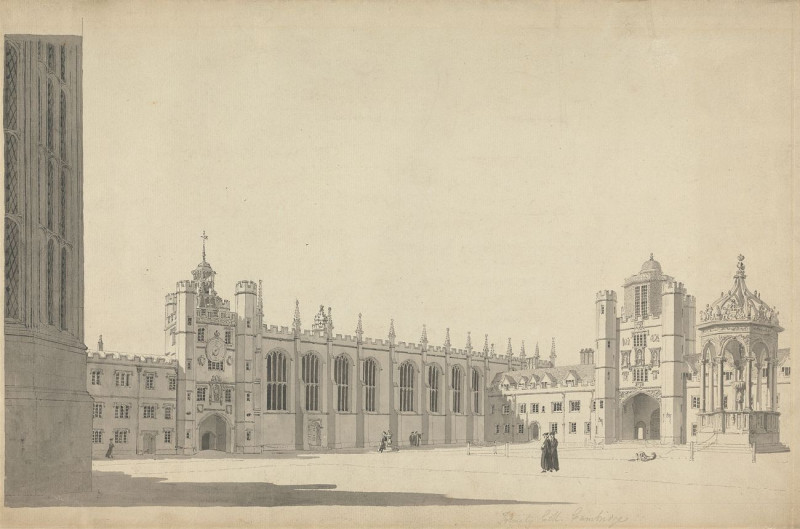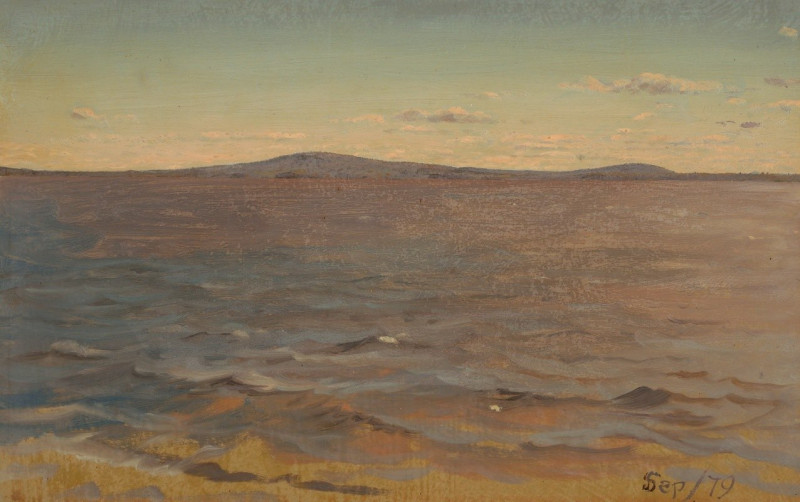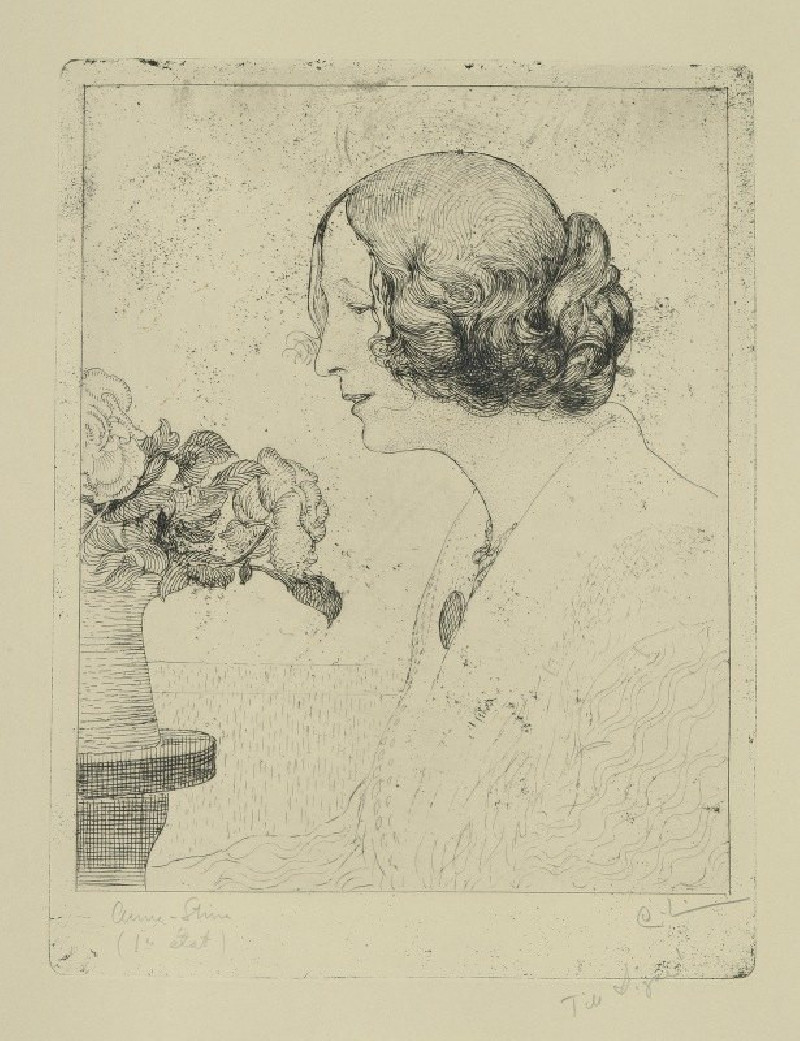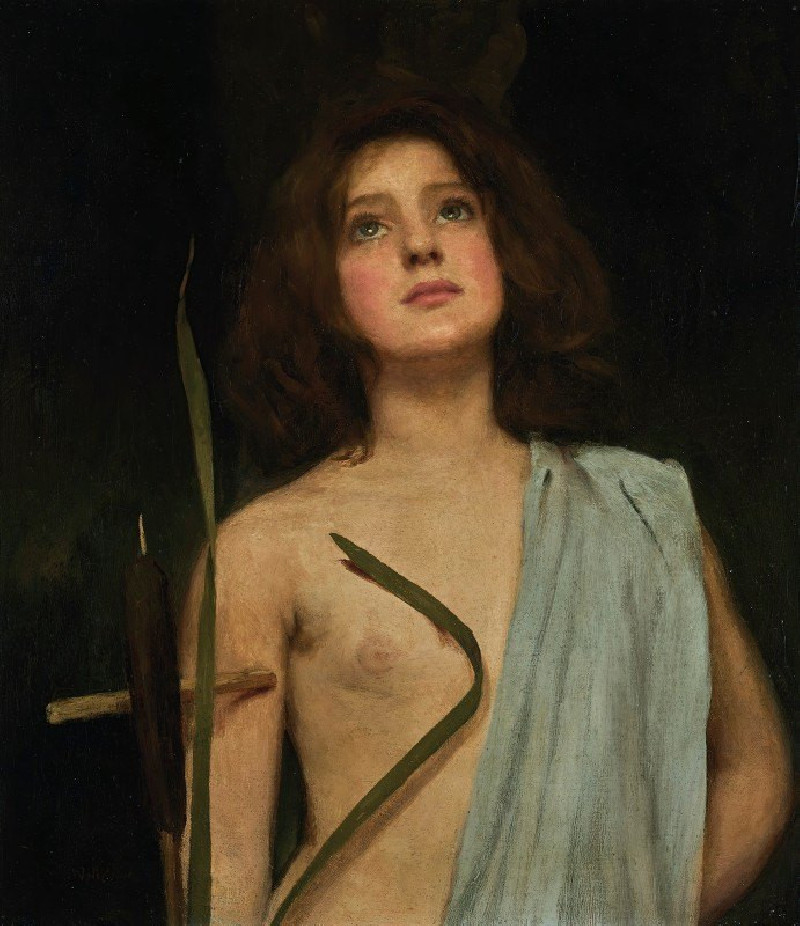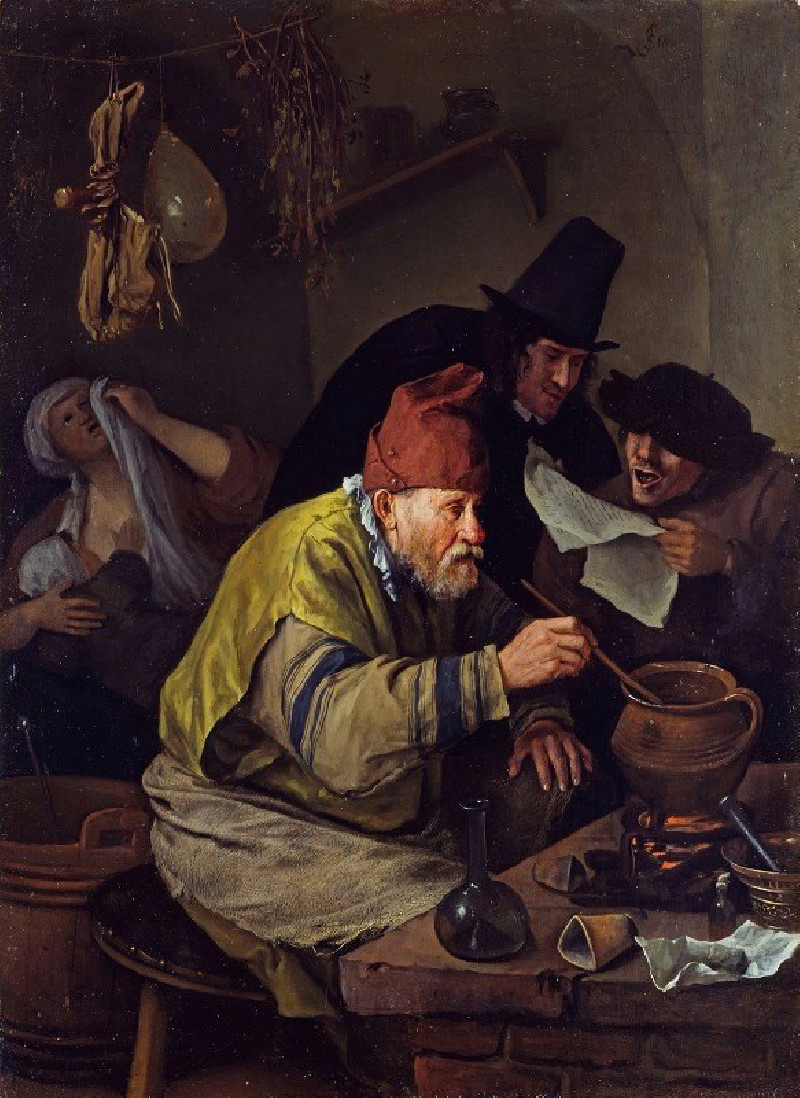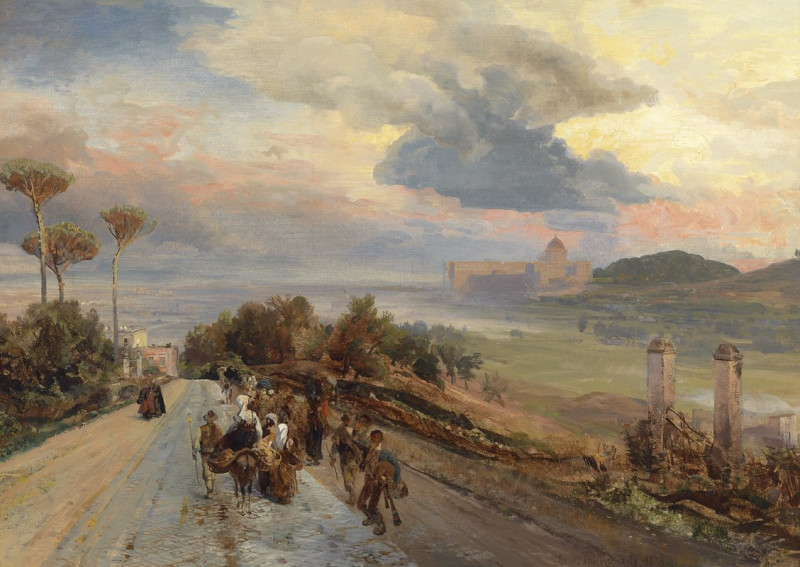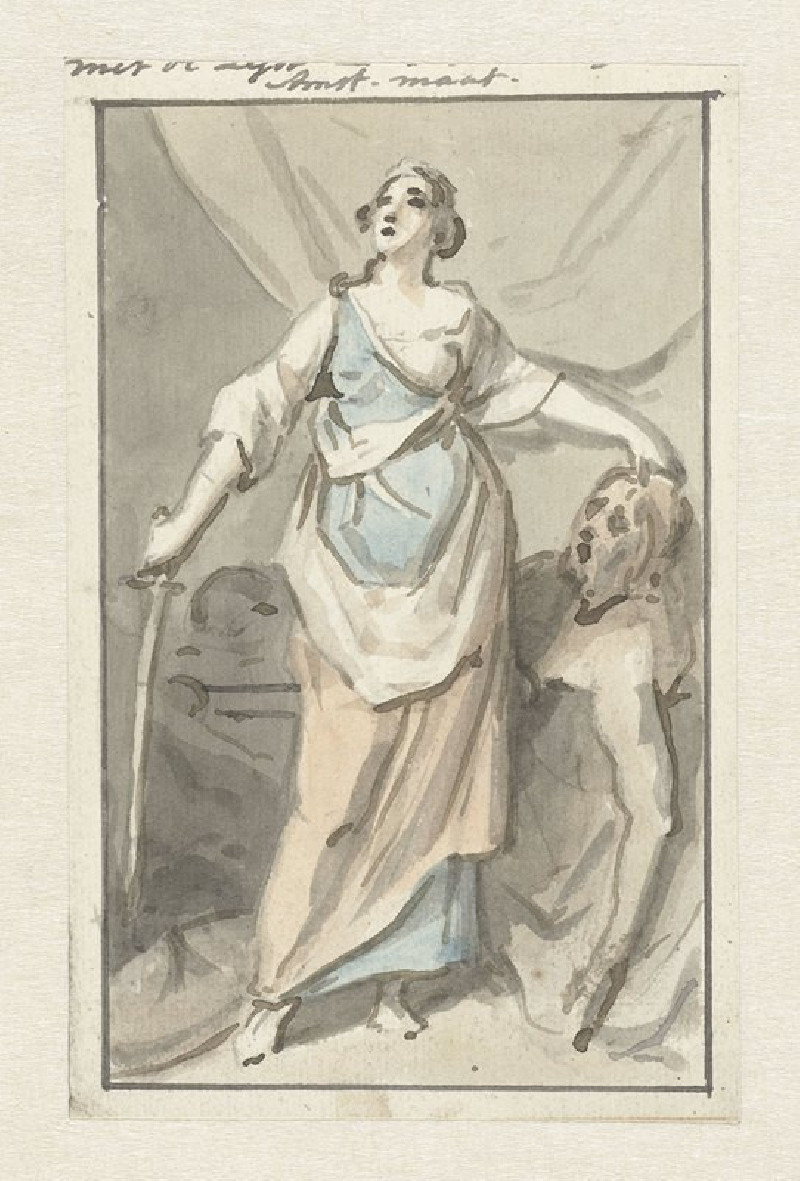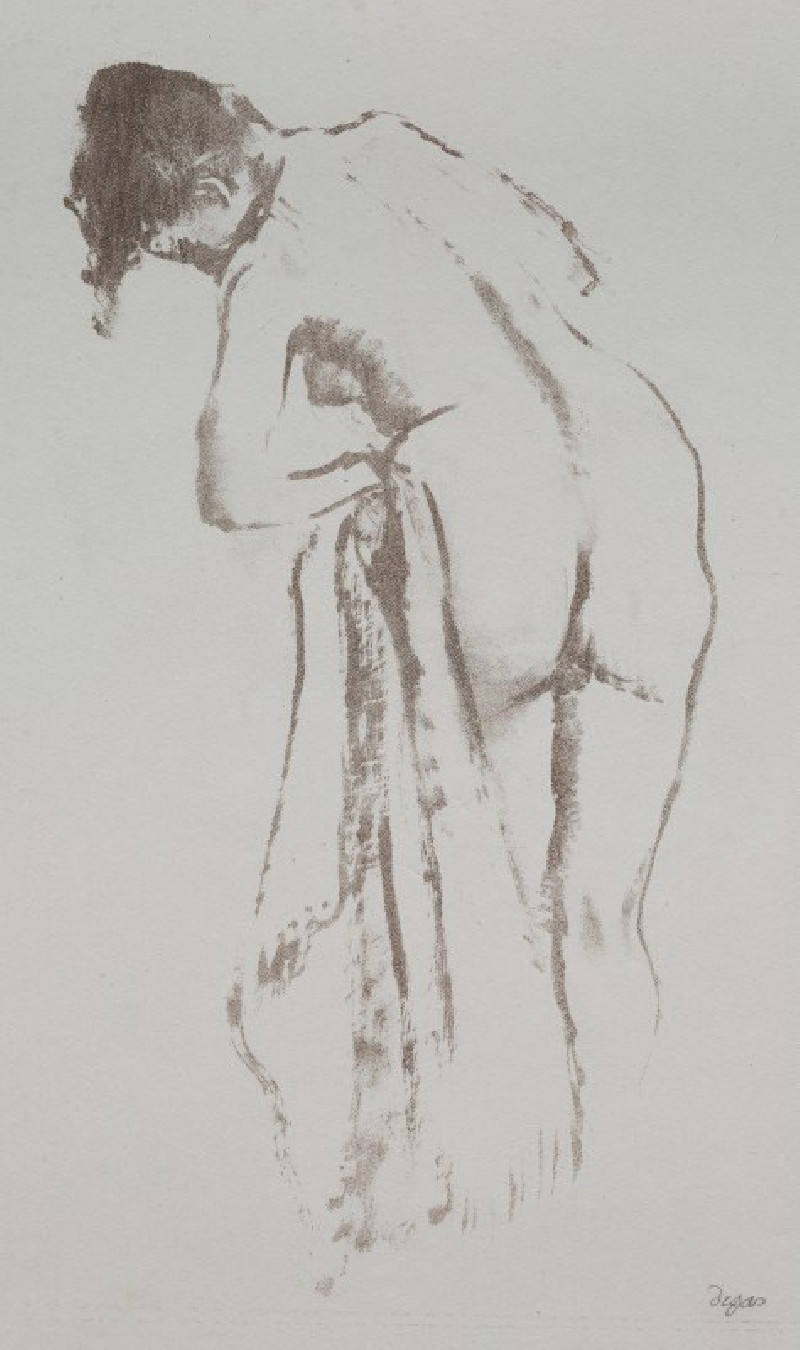Römische Ruine in Schönbrunn
Technique: Giclée quality print
Recommended by our customers
More about this artwork
Discover the entrancing interplay of history and nature in Carl Moll's evocative painting, "Römische Ruine in Schönbrunn." This piece transports viewers to a serene, yet profound ambiance within the historical gardens of Schönbrunn Palace in Vienna, where deteriorating remnants of Roman architecture poetically intertwine with the undisturbed wilderness.Moll, a master of light and shadow, employs his palette to delve deep into the textures of crumbling bricks and moss-covered stones, infusing a sense of time-stopped decay. An archway, significantly the focal point, elegantly frames a view of wild, overgrown vegetation, symbolizing nature's reclaim over human constructs.His work not only captivates with its detailed realism but also provokes reflection on the inevitable cycle of creation and decay. "Römische Ruine in Schönbrunn" isn't just a visual journey—it's a meditation on the quiet dignity of aged structures returning to the earth.
Delivery
Returns
Carl Julius Rudolf Moll (23 April 1861 – 13 April 1945) was an Austrian art nouveau painter active in Vienna at the start of the 20th century. He was one of the artists of the Vienna Secession who took inspiration from the pointillist techniques of French Impressionists. He was an early supporter of the Nazis and committed suicide as Soviet forces approached Vienna at the end of World War II.

